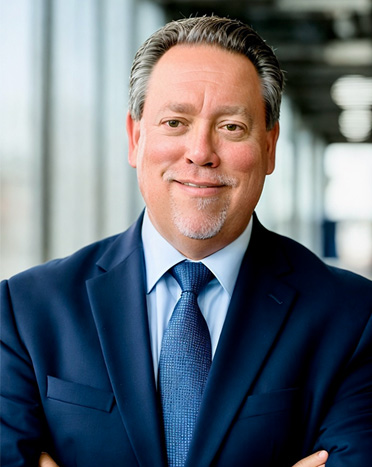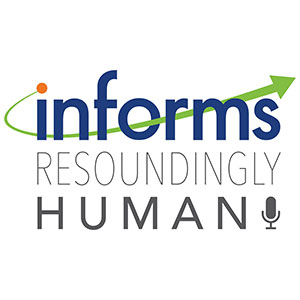
A COVID spike is expected after the holidays. What you can do right now to prepare.
With the emergence of the omicron variant, local hospital leaders are preparing for a spike in COVID-19 cases following upcoming holiday gatherings.

With the emergence of the omicron variant, local hospital leaders are preparing for a spike in COVID-19 cases following upcoming holiday gatherings.

Flights are booked. Bags are packed. To cancel Christmas travel plans seems unfathomable at this point. But for many, so does the speed at which the omicron variant is spreading. The highly transmissible Covid-19 variant — which was first detected in late November but has since been detected in nearly 90 countries — is causing travel uncertainty around the globe.

As the omicron variant surges and COVID-19 cases spike, the Joe Biden administration is launching a number of initiatives in response: Military medical workers will prepare to help out civilian hospitals, new testing and vaccination sites will open, and the federal government will distribute 500 million at-home COVID tests for free.

A group of scientists funded by the Centers for Disease Control and Prevention is projecting the omicron variant may break pandemic records for coronavirus hospitalizations across North Carolina.

The Centers for Disease Control and Prevention (CDC) reports that over 77 percent of eligible people have received one COVID-19 vaccine dose, 65 percent are fully vaccinated with two doses and 32 percent have been boosted with an additional dose. Vaccines are weapons in keeping the virus at bay and preventing hospitalizations and deaths.

Jeff Cohen
Chief Strategy Officer
INFORMS
Catonsville, MD
[email protected]
443-757-3565
An audio journey of how data and analytics save lives, save money and solve problems.


With seemingly no limit to the demand for artificial intelligence, everyone in the energy, AI, and climate fields is justifiably worried. Will there be enough clean electricity to power AI and enough water to cool the data centers that support this technology? These are important questions with serious implications for communities, the economy, and the environment.

It’s college graduation season, which means over 4 million seniors will graduate in the next few weeks, flooding the job market with new candidates. One area that has shown high potential for the right candidates is artificial intelligence and machine learning. Both disciplines are part of the larger data and analytics career path.

Drugs being explicitly developed to treat rare diseases are getting more expensive.

Robert F. Kennedy Jr., as the new secretary of Health and Human Services, is the nation’s de facto healthcare czar. He will have influence over numerous highly visible agencies, including the Centers for Disease Control and Prevention, the National Institutes of Health and the Food and Drug Administration, among others. Given that healthcare is something that touches everyone’s life, his footprint of influence will be expansive.

The recent US-China agreement to temporarily reduce tariffs is a major step for global trade, with tariffs on US goods entering China dropping from 125% to 10% and on Chinese goods entering the US decreasing from 145% to 30% starting May 14. While this has boosted markets and created optimism, key industries like autos and steel remain affected, leaving businesses waiting for clearer long-term trade policies.

With sweeping new tariffs on Chinese-made products set to take effect this summer, Americans are being urged to prepare for price hikes on everyday goods. President Donald Trump's reinstated trade policies are expected to affect a wide swath of consumer imports, including electronics, furniture, appliances, and baby gear. Retail experts are advising shoppers to act before the tariffs hit and prices rise.

Twenty years ago, few people would have been able to imagine the energy landscape of today. In 2005, US oil production, after a long decline, had fallen to its lowest levels in decades, and few experts thought that would change.

In the case of upgrading electrical and broadband infrastructure, new analysis from the University of Massachusetts Amherst reveals {that a} “dig once” strategy is almost 40% more economical than changing them individually.